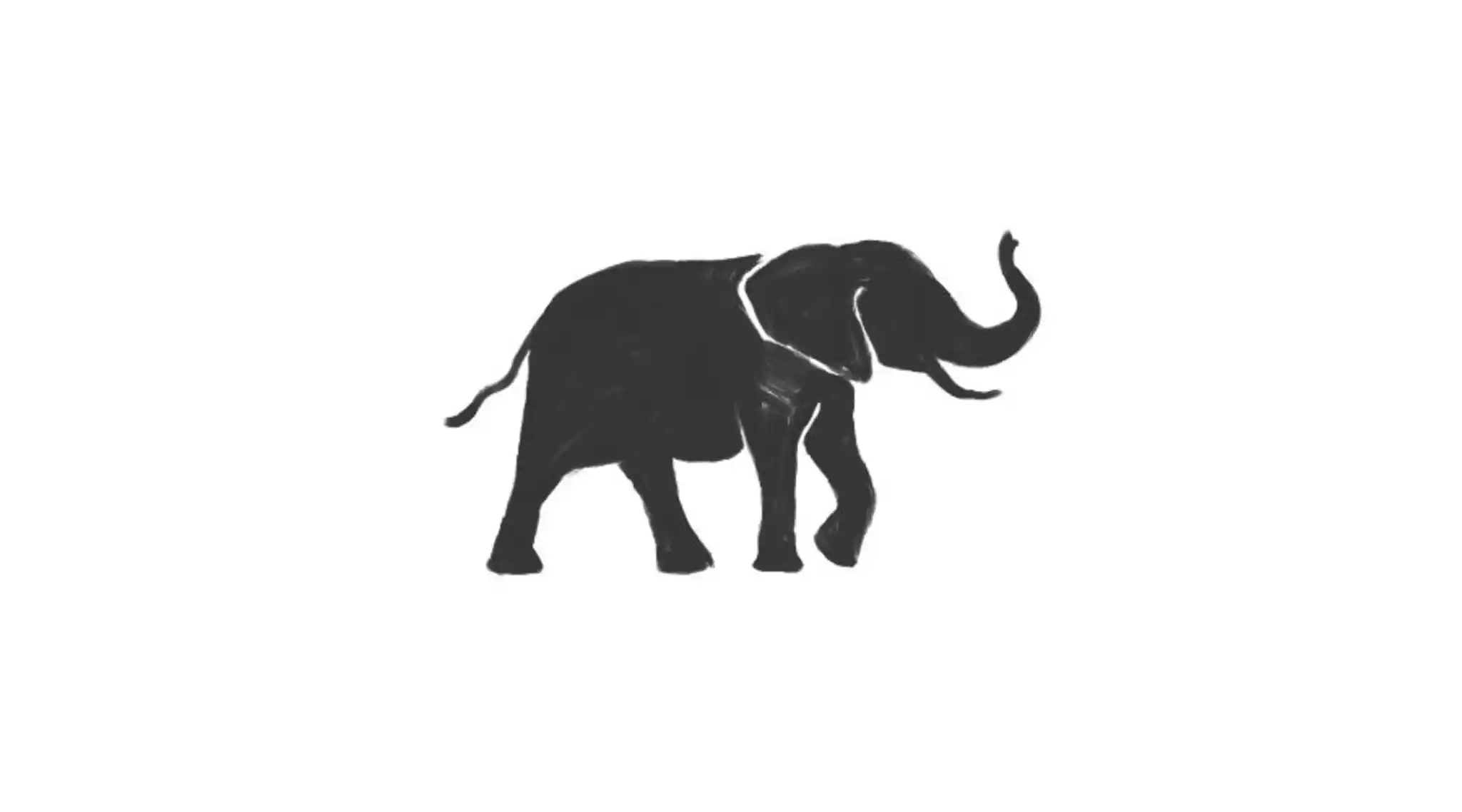
Sri Lanka Family Safaris
Sri Lanka is a fantastic destination for a family safari holiday. There is so much to do too which means both you and your children will have plenty to keep you occupied. One thing to note is the drive times can be long and it is worth being prepared for this so you have things to keep younger children occupied.






